E-commerce Expansion
The Sake and Plum Wine Market is witnessing a significant transformation due to the expansion of e-commerce platforms. As online shopping becomes increasingly prevalent, consumers are more inclined to purchase specialty beverages through digital channels. This shift is particularly beneficial for niche products like sake and plum wine, which may not be readily available in local retail outlets. Market data indicates that online sales of alcoholic beverages have surged, with a projected growth rate of 15% annually. This trend not only broadens the consumer base but also allows producers to reach a wider audience without the constraints of traditional distribution methods. The convenience of online shopping, coupled with the ability to explore diverse offerings, is likely to enhance the overall market dynamics for sake and plum wine.
Health Consciousness
In recent years, there has been a marked shift towards health-conscious consumption patterns, which significantly impacts the Sake and Plum Wine Market. Consumers are increasingly seeking beverages that offer perceived health benefits, such as lower calorie counts and natural ingredients. Sake, particularly junmai varieties, is often viewed as a healthier alternative to many sugary cocktails and wines. Market data shows that sake contains fewer calories per serving compared to traditional wines, which appeals to health-oriented consumers. Additionally, plum wine, known for its antioxidant properties, is gaining traction among those looking for functional beverages. This trend towards health consciousness is likely to drive demand for both sake and plum wine, as consumers prioritize quality and health benefits in their beverage choices.
Sustainability Initiatives
Sustainability initiatives are becoming increasingly relevant within the Sake and Plum Wine Market, as consumers show a growing preference for environmentally friendly products. Many producers are adopting sustainable practices, such as organic farming and eco-friendly packaging, to meet the demands of environmentally conscious consumers. This trend is reflected in market data, which indicates that sales of organic sake have increased by 25% over the past year. By prioritizing sustainability, producers not only appeal to a niche market but also contribute to broader environmental goals. This commitment to sustainability is likely to enhance brand reputation and consumer trust, thereby driving growth in the sake and plum wine sectors.
Innovative Marketing Strategies
The Sake and Plum Wine Market is increasingly influenced by innovative marketing strategies that resonate with younger demographics. Producers are leveraging social media platforms and influencer partnerships to create engaging content that highlights the unique aspects of sake and plum wine. This approach not only educates consumers about the beverages but also fosters a sense of community among enthusiasts. Market data suggests that brands employing targeted digital marketing campaigns have seen a 30% increase in brand awareness and consumer engagement. By appealing to the lifestyle preferences of younger consumers, these marketing strategies are likely to drive sales and enhance brand loyalty, ultimately contributing to the growth of the market.
Cultural Appreciation and Adoption
The Sake and Plum Wine Market is experiencing a notable increase in cultural appreciation, particularly in regions outside of Japan. As consumers become more aware of traditional Japanese beverages, there is a growing interest in authentic sake and plum wine. This trend is reflected in the rising number of sake breweries and plum wine producers in various countries, which cater to local tastes while maintaining traditional brewing methods. The market data indicates that the consumption of sake has increased by approximately 20% in non-Japanese markets over the past few years, suggesting a shift in consumer preferences towards these beverages. This cultural adoption not only enhances the market's visibility but also encourages innovation in flavor profiles and production techniques, thereby expanding the overall market reach.


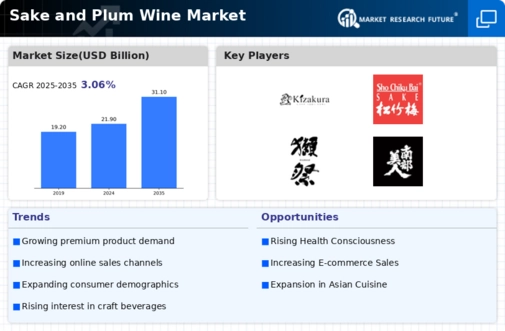
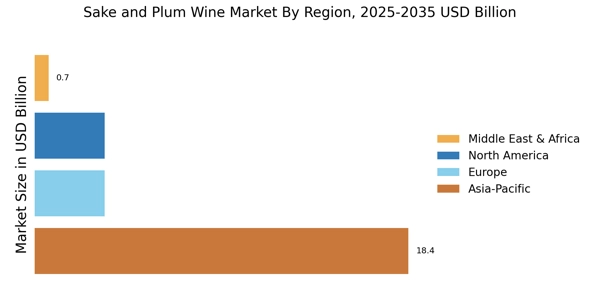
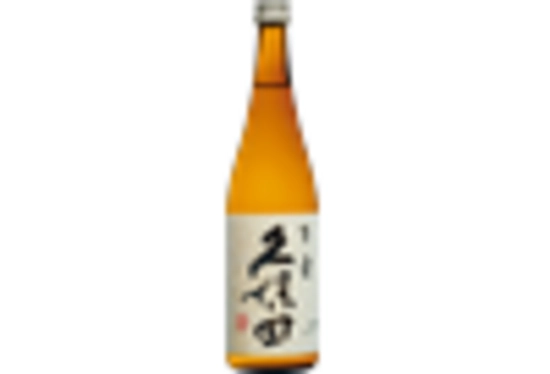
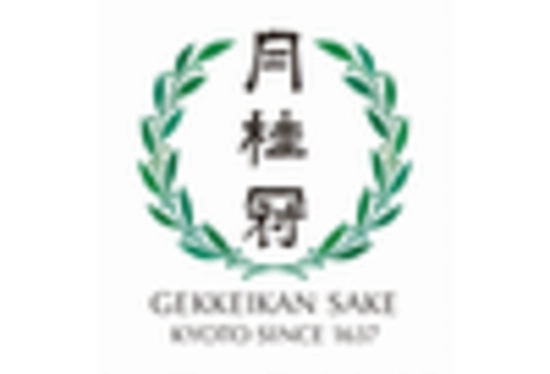
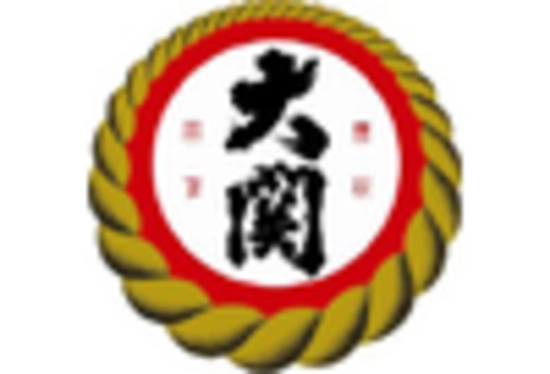
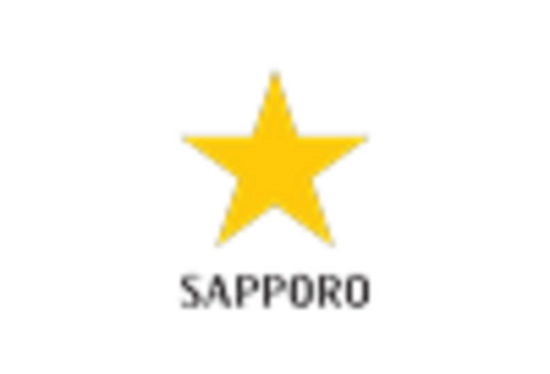










Leave a Comment